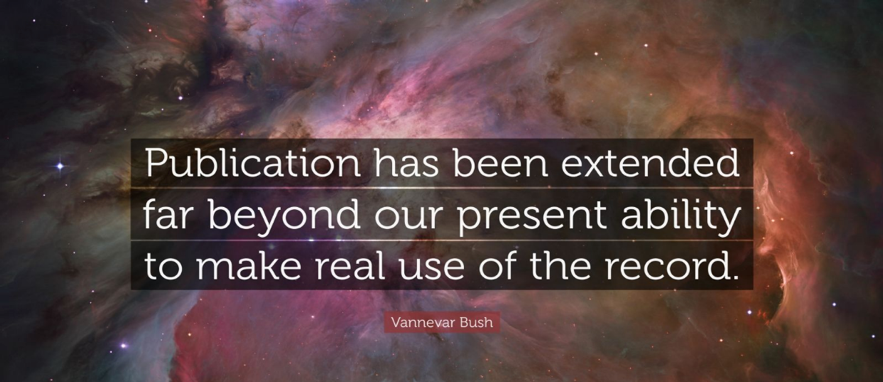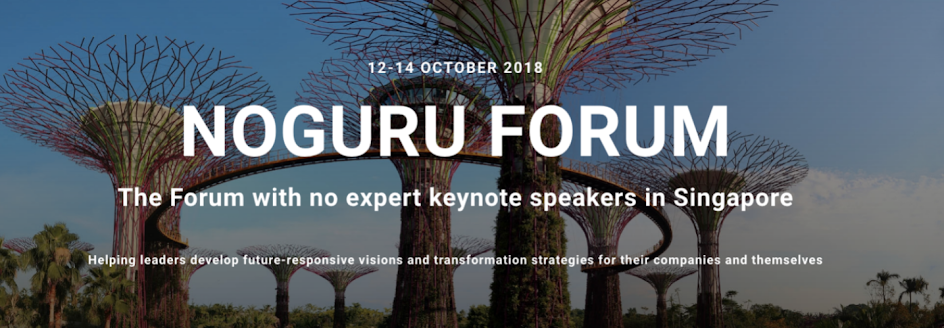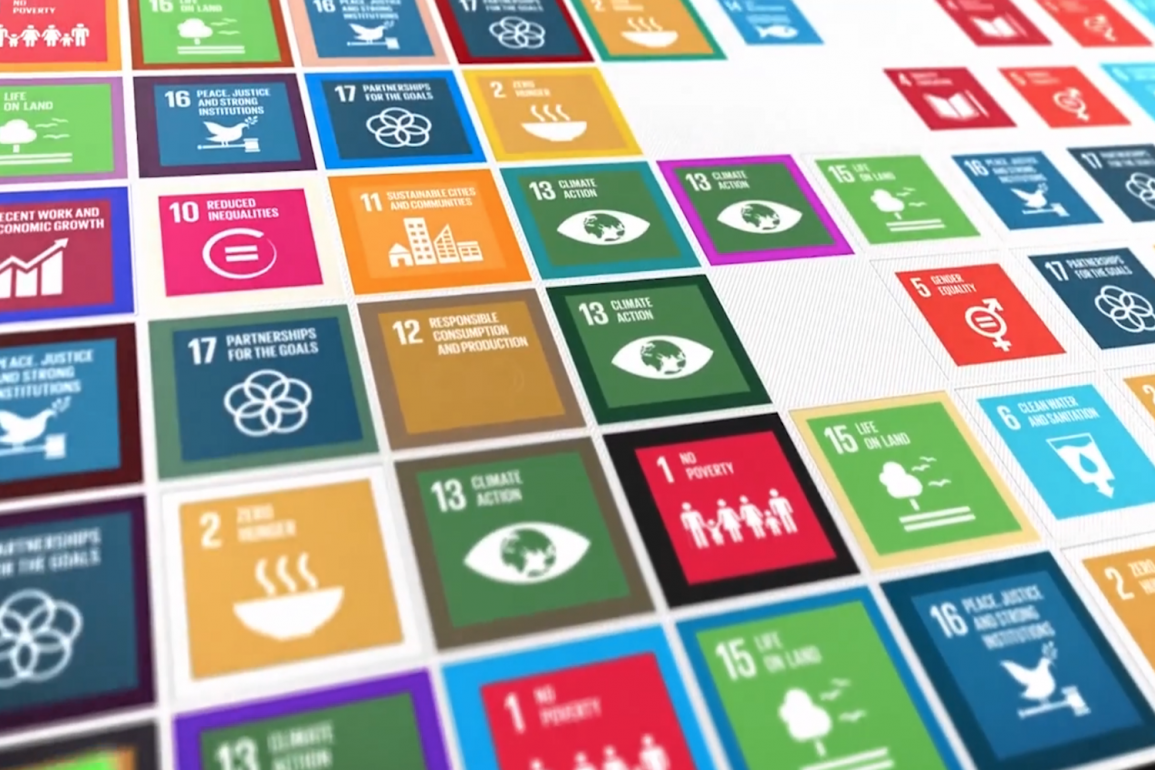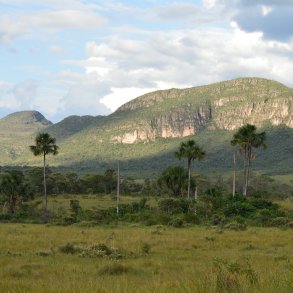By George Pór for Enlivening Edge Magazine
What is a global trend, and why you should care about it?
Day after day, I go into my writing den in the morning, and tune in with the portfolio of my professional relationships, my various accountabilities and projects whose clock is ticking, waiting to be worked on today.
Meanwhile, the world is happening out there and economic and political players on the global scene are sculpting the trends that affect how I will work and live tomorrow, connect with you, the reader, and pursue co-creative endeavors with my co-workers.
A trend is a general direction in which something is developing or changing. You can follow what is “trending” on Twitter or other social media, but that’s not what will tip the balance between continuous stagnation (that really means decline when everything evolves) and transformative innovation.
“With breakneck changes in technology and connected customers speeding up the lifespan of trends, it’s getting harder to keep up let alone predict what’s coming next and how it might affect your customers’ expectations and behaviour.” Thoughts on digital transformation…
The shortening life-cycle of conjunctural trends is not an excuse for resigning but an incentive to pursue the global trends understood as general tendencies that manifest over the long-term.
Of course, it’s always easier to see a trend from hindsight, when we connect the dots of what happened in an industry or a region over period of time, than by spotting them as they emerge and describing them with foresight. This article is aimed at helping you work with that challenge.
In the routine of our daily work we don’t think of the general direction and pace with which the future is unfolding, whether it’s the future of our organization, a technology, or the whole world of business.
We don’t think of the direction of the decisive tendencies unfolding in each, but it doesn’t mean that those trends don’t think about, and sometimes for, us.
We can blame our tunnel vision on the knowledge explosion, on the fact that for the last 70 years we’ve been having our knowledge universe expanding much faster than we could make sense of what on Earth is happening. As Vannevar Bush, President Roosevelt’s Science and Technology Advisor, wrote already in 1945: “Publication has been extended far beyond our present ability to make real use of the record.”
 As the global “we” knows more and more, we as individuals and even organizations can know only a smaller and smaller portion of what’s worth knowing. If we want to be future-responsive business leaders, citizens, or parents whose kids will group up in the VUCA world of Volatility, Uncertainty, Complexity, and Ambiguity, then we need to take off our cognitive blinkers. Yes, but how?
As the global “we” knows more and more, we as individuals and even organizations can know only a smaller and smaller portion of what’s worth knowing. If we want to be future-responsive business leaders, citizens, or parents whose kids will group up in the VUCA world of Volatility, Uncertainty, Complexity, and Ambiguity, then we need to take off our cognitive blinkers. Yes, but how?
Our best bet to read correctly the signs of the “weather” conditions affecting the winds of changes is to turn towards each other for upgrading our collective intelligence by connecting the conversations in and across our various peer learning networks and epistemic communities.
What is an ecosystem of trends, and what to do about it?
What we need to become aware of is the ecosystem of trends affecting the life of our organizations. An ecosystem is a complex web of interacting relationships. The ecosystem of socio-economic-technical-cultural trends that drive our planetary evolution and affect the future (and presence) of business is not different. Those trends are not isolated, and their interlacing interactions and cross-impacts compound the challenge of drawing meaningful insight from them.
Of course, there are business think tanks, futurists, forecasters, trend-spotters and other professional “crystal ball”-gazers, who do their best to predict the shape of things to come.
But their best is rarely as good as the insight of those who have realized that the best way to predict the future is to co-create it. Hence, the pivotal role of leaders and facilitators of transformation in discovering and validating global trends, and how their organizations might be affected by them.
A particularly potent form of their future-shaping discoveries is the “learning expedition,” a collaborative action research that can be performed by one or more communities of leadership practice. I define “leadership” not positionally but by the energy and commitment of those who are willing to and capable of initiating and facilitating positive transformation in any context.
For those leaders, each trend is a lens through which their organization can look at itself. For them, it is also a resource that, when used wisely, can become a key ally to the company’s lasting success. The more trends the organization can make itself available to, the steadier its ship can become on the turbulent waters. The corollary is also true. The less an organization is capable of adapting to its increasingly complex life conditions due to the intertwining global economic, technological, cultural and other trends, the more likely that its ship will sink.
How to draw a global trends map, together?
Where could the members of a trend-watching learning expedition start? Two of the first steps are sharing our mental models of the ecosystem of trends, and then projecting those models onto some interactive maps, where they can be jointly reflected and improved upon. Other methods may include transformative scenario planning, backcasting, and similar approaches.
If the learning expedition is carried out by cross-organizational communities of inquiry and practice, then its chances are even better of including a variety of perspectives requisite to match the complexity of the trends and to enable thriving on them by developing robust strategies that can perform in great array of circumstances.
That’s the hypothesis that I want to test in the NoGuru Forum of business leaders who will come together for an international “strategy hackathon” that I’m co-designing and co-facilitating. The NoGuru Forum will also be the launchpad of their collaborative learning expedition.
 It will be aimed not only at understanding the global trends that affect their organizations but also, using the collective intelligence and wisdom of the community for translating them into inspiring visions of “the organization of the future” and effective strategies for realizing it in the present.
It will be aimed not only at understanding the global trends that affect their organizations but also, using the collective intelligence and wisdom of the community for translating them into inspiring visions of “the organization of the future” and effective strategies for realizing it in the present.
The NoGuru Forum will take place in Singapore, October 12-14. If you want to find out more about it, drop me a line at [email protected].
If you want to see a snapshot of the ecosystem of trends that affect business, particularly next-stage organizations, watch for the second part of this article coming in early September. And even better, if you’re guiding your organization into the future, come to Singapore and start playing with those trends together with fellow business strategists from around the world.

George Pór is an evolutionary thinker and a strategic learning partner to visionary leaders in business, government, and civil society. He is the originator of Enlivening Edge and teaches a course on “Transformative Communities of Practice” at Meridian University. A select list of his articles and book chapters on the fields of collective intelligence, organizational and social renewal can be found here.




